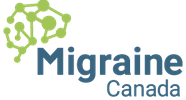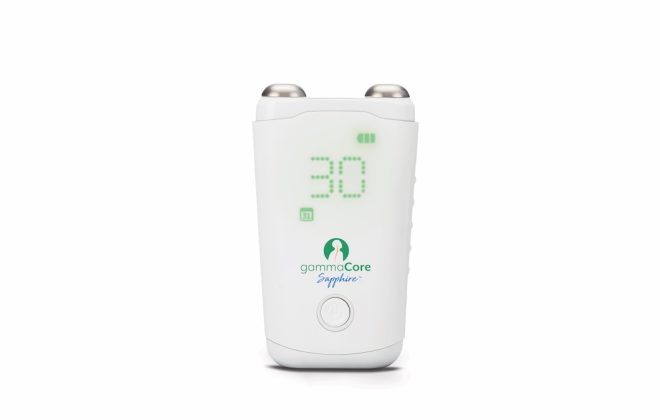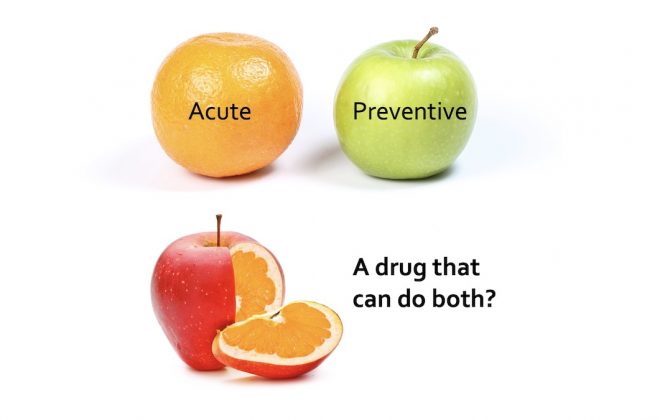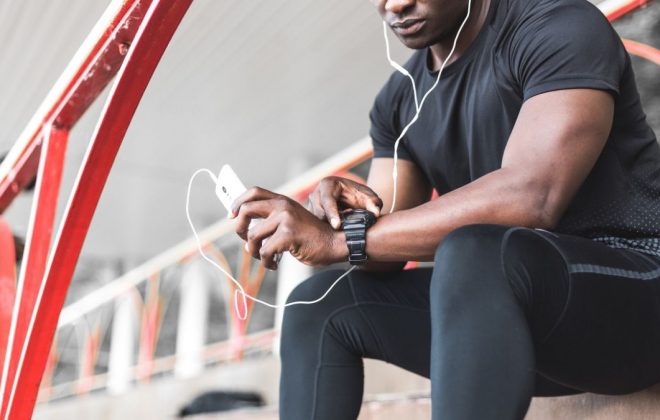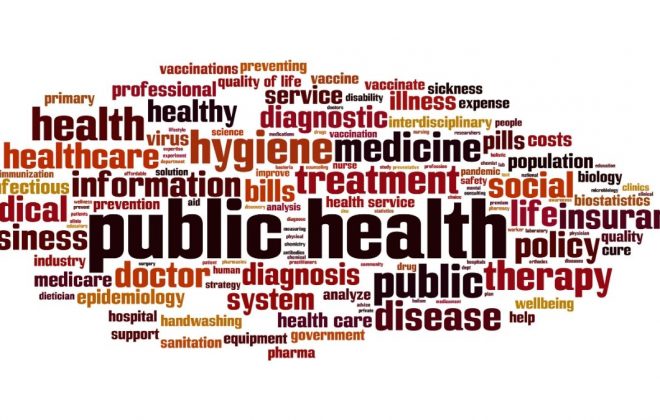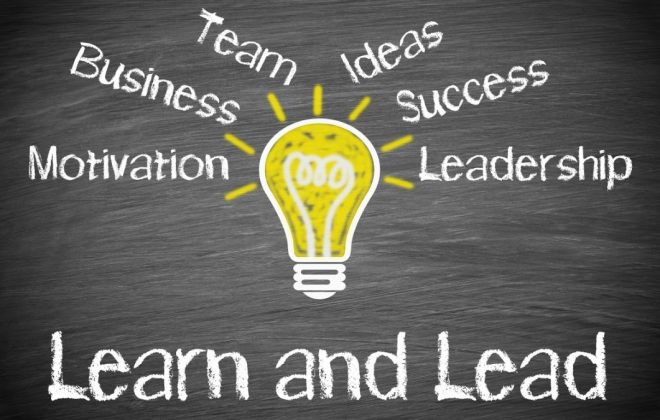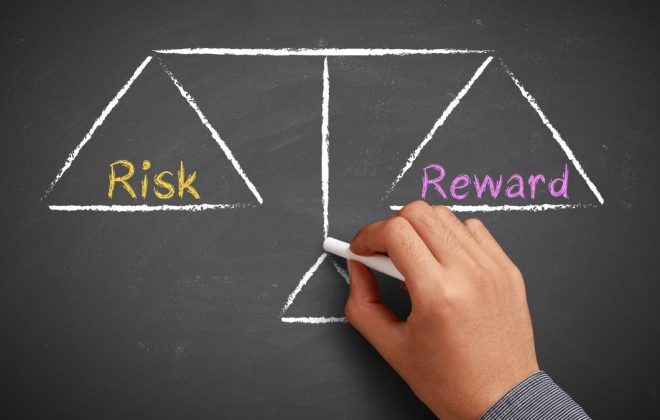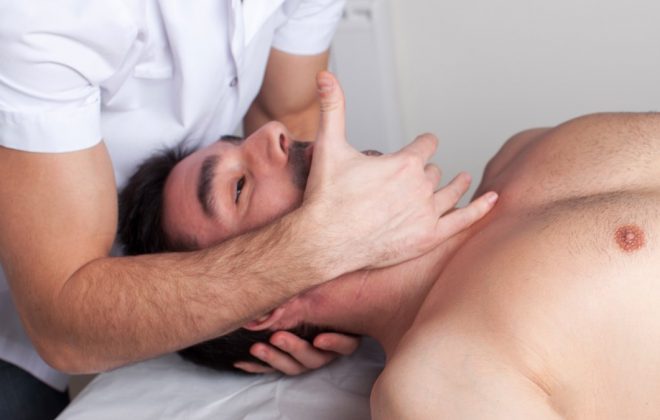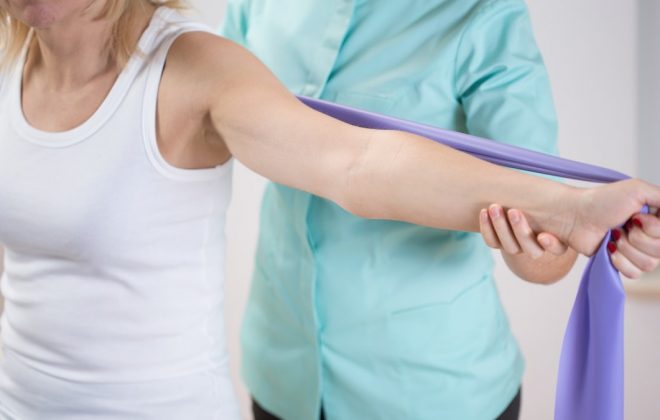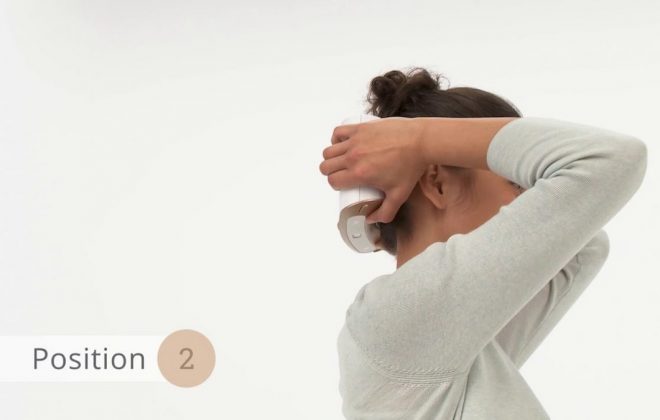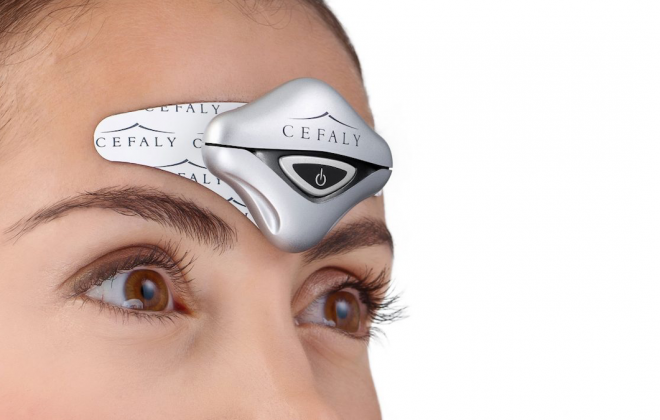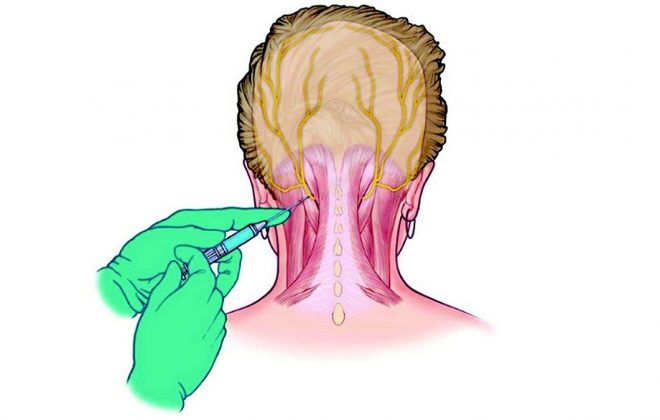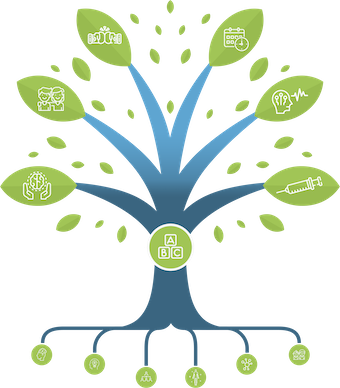gammaCore Sapphire Device for Non-Invasive Vagal Nerve Stimulation and Migraine
What is it? The gammaCore Sapphire device is a hand-held device that the patient uses to stimulate the vagus nerve in the neck. How is it used? The device is held against the side of the neck on the side on which the patient has…
Gepants: preventives AND an acute treatment for migraine
I heard about gepants, Nurtec, Ubrevly…what are these new medications? First, let’s say that “gepant” is the name of a class, or a family of medications, a bit like “triptan” or “anti-inflammatory”. At present time, there are three members of this family available in the…
Tips for Athletes with Migraine
Whether you’re a professional athlete or play sports casually, migraines can affect your ability to participate in athletics. Being aware of how to manage your symptoms and prevent migraine attacks are key to limiting the effect of migraines on your athletic commitments. Here are a…
Travelling tips when you live with migraine
Are you in the midst of planning a trip and concerned about how migraines will affect your travels? We’ve put together this list of commonly asked questions and answers to help you. Is travelling a bad idea if I get migraines? The answer to this…
How many people have headaches?
Headache is a common symptom that can be caused more than 200 different medical problems (see this link). Some causes are very visible (like brain tumors), but the most common causes like migraine and tension type headache are not visible on available imaging. Tension type…
What should your employer know about migraine?
Does your employer understand what migraine is? Here are a few informations that could be worth sharing. 1. Migraine is more than a headache Migraine is not only a headache. It is accompanied by other symptoms like Sensitivity to light, sounds, smells and movement. Nausea…
Migraine preventives : doses, side effects and contra-indications
Migraine Canada (MC) is a patient association and does not provide medical advice. Nevertheless, basics on medications are public knowledge and many people ask about this type of medical information. The medications provided in the table below are given as general reference. Any decision to take…
Pacing How
Living with migraine is like a roller coaster «I feel like I’m never on top of things. I’m either in the middle of an attack or catching up after one. I feel bad that my co-workers/spouse must cover for me when I am sick so…
Key points about physiotherapy for migraine and headaches
What do we know about the role of physiotherapy for migraine and other headaches? What do the physios do? Does it work? How can we tell if it is worth recommending physio to a person? Here are some key points about physiotherapy for migraine and…
Weight: is it associated with migraine?
Being overweight or obese is associated with chronic migraine. Many studies have confirmed this. In consequence, physicians are taught to advise people with migraine to «lose weight». Is there anything more frustrating than being told that «you should lose weight?» Like it was an easy…
Weight loss : tips for the person with migraine…or, really, anyone
Your weight is a reflection of your genes, environment, and lifestyle choices. You can’t change your genes, but you can modify your environment and lifestyle. Being overweight or obese increases the risk of chronic headaches. (See this post) Environment: It is common in North America…
Patient Home Exercise Program
Topics: Seated Scalene Stretch Cervical Isometric Neck Extension Hitchhicker Stretch Shoulder Squeeze Standing Pivot Latissium Dorsi Stretch Supine Shoulder Squeeze Position 1 Supine Shoulder Squeeze Position 2 Supine Shoulder Squeeze Position 3 Hitchhicker Standing Patient Home Exercise Program Post#727
Magnets for migraine : transcranial magnetic stimulation
Modulating the electrical activity of the brain can be done with devices. We call those neuromodulation devices. One such therapy is single pulse transcranial magnetic stimulator (sTMS), now approved in the USA for the acute and preventive treatment of migraine in adults. How does sTMS…
Cefaly: transcutaneous stimulation for migraine
What is the Cefaly device? Cefaly is a device that sends electrical signals to stimulate the sensory nerves of the face. The stimulus passes through trigeminal nerve to the trigeminal nucleus in the brainstem. This area is involved in initiating migraines. It is thought that…
Migraine in School
What is the effect of migraine on school activities? Migraine is common in children and adolescents as well as university students. Before puberty, 10% of children, boys and girls equally, have migraine. Disabling and frequent migraine attacks can have an impact on the quality of…
Botox for migraines: how does it work and how effective is it?
What is Botox? Botox is a protein called Onabotulinum toxin A. In nature, this protein is produced by a bacteria, Clostridium Botulinum. The protein used for medical therapy is a purified form. Botox has been used for many years for wrinkles or to treat strabismus,…
You will have your first Botox injections soon. What can you expect?
Can any physician inject Botox for migraine? Injecting Botox for migraine is not a difficult procedure, but it has to be done by a health care provider with proper training and experience, according to a specific protocol called PREEMPT. When you choose an injector, make…
Botox side effects and risks
Is Botox dangerous? «toxin» sounds scary Botox is a protein, purified from a bacteria called Clostridium Botulinum. It blocks neurotransmission, which means it stops the nerves talking to their targets (muscles, sweat glands, skin receptors). See more on how Botox works here. (See this post)…
BOTOX® : coverage and access in Canada
What is BOTOX®? BOTOX® was approved by Health Canada in 2011 to treat chronic migraine and it has been available in Canada for over 30 years. It is also used to treat a number of other medical conditions including blepharospasm, strabismus, spasticity (including spasticity of the foot…
Nerve Blocks anatomy: they put a needle where and why?
The head and the neck are closely related, even more than we might think. Look at the image below, describing the nerve networks of the face and neck. A nerve is like an electric wire. When they bundle together, they form roots (equivalent of a…
Categories
THE MIGRAINE TREE
- BRANCHES
- ACUTE TREATMENTS
- DEVICES AND NEUROMULATIOIN
- PREVENTIVE TREATMENTS
- PROCEDURES AND INJECTIONS
- SELF-CARE AND LIFESTYLE
- SOCIAL LIFE
- TRUNK
- ROOTS
OTHER CATEGORIES
